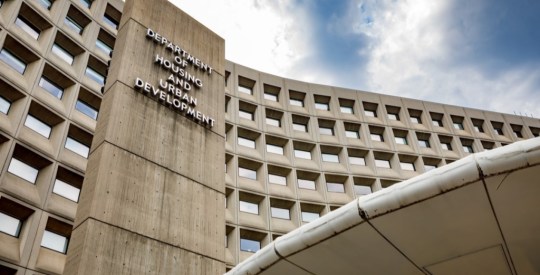New capital adequacy ratios under the Basel 3 accords will push up the cost of securitization and stress the capital levels of banks, even though full implementation is up to eight years away. The Bank of International Settlements, which conducts the Basel committee that updates banking oversight regulations, is setting guidelines to the updates and is revising the rules to reflect capital adequacy needed to protect banks during the next potential downturn. The exact framework of Basel 3 is still being determined and the G20 nations are expected to formally adopt the set of supervision by the end of next year. In the meantime, credit analysts are trying to get an early foothold on potential obstacles Basel 3 may create. In late October, a committee commissioned by the BIS questioned whether financial institutions can even met the capital requirements mandated of the new global banking standards. While the accords are not scheduled to begin implementation until another two years, with 2018 as the deadline, the banking industry is sounding alarms that Basel 3 capital requirements may doubly create a capital shortfall while driving up the cost of structured financing, namely securitization. “We believe the adoption of the Basel 3 capital requirement platform is likely to raise the cost of securitization and could influence the strategies of banks that originate or invest in structured finance transactions,” said Standard & Poor’s credit analyst Jaiho Cho. “With the more-conservative capital reserve requirements for certain securitization exposures, banks may look for ways to reduce their existing exposures and will likely also try to reduce the potential capital charges arising from new transactions.” S&P states Basel 3 includes some specific changes to bank treatment of securitization exposures when calculating their capital requirements, including: • The application of a 1250% risk weight to some lower-rated and unrated securitization exposures; • The introduction of more conservative collateral haircuts (discounts) for securitization collateral with respect to counterparty exposure; and • The introduction of specific risk haircuts for securitization exposures when calculating the capital requirement related to market risk. Tom McGuire of the Capital Advisory Group, a unit of Barclays Capital‘s Investment Banking Division, has been modeling the pro forma effect of the Basel 3 changes on the top 35 U.S. banks since the proposals first came out in December. McGuire estimates that based on second-quarter numbers, the top 35 U.S. banks have a capital shortfall of approximately $100 billion to $150 billion under Basel 3, at an 8% tier one common threshold. “He views this shortfall is ‘manageable’ over the Basel phase-in schedule, and can be achieved largely through retained earnings and balance sheet management including running off/selling assets and optimizing counterparty exposures,” said a Barclays Capital spokesperson familiar with the situation. McGuire does not expect a need for bank equity raisings and also estimates that the top 35 banks have a liquidity shortfall of approximately $500 billion, which in all likelihood will be handled through prudent asset and liability management. “It’s important to keep in mind that his pro forma estimates apply all the Basel 3 changes immediately as if they applied today, when in fact, the official Basel 3 implementation timeline extends through 2018 — in other words, banks have several years to address these shortfalls,” the source adds. Admittedly, McGuire’s data is very forward-looking and not definitive. For example, the results still lack numbers on items deductible from capital. Such numbers are fluid and will likely change as regulators publish more detail on how the new rules are to be precisely calculated. Write to Jacob Gaffney.
Basel 3 pushes cost of securitization, as banks face capital shortfall
Most Popular Articles
Latest Articles
New HUD rule aims to increase lender participation in tribal housing program
HUD says the new rule is designed to increase and streamline Native American borrowers’ access to homeownership.



